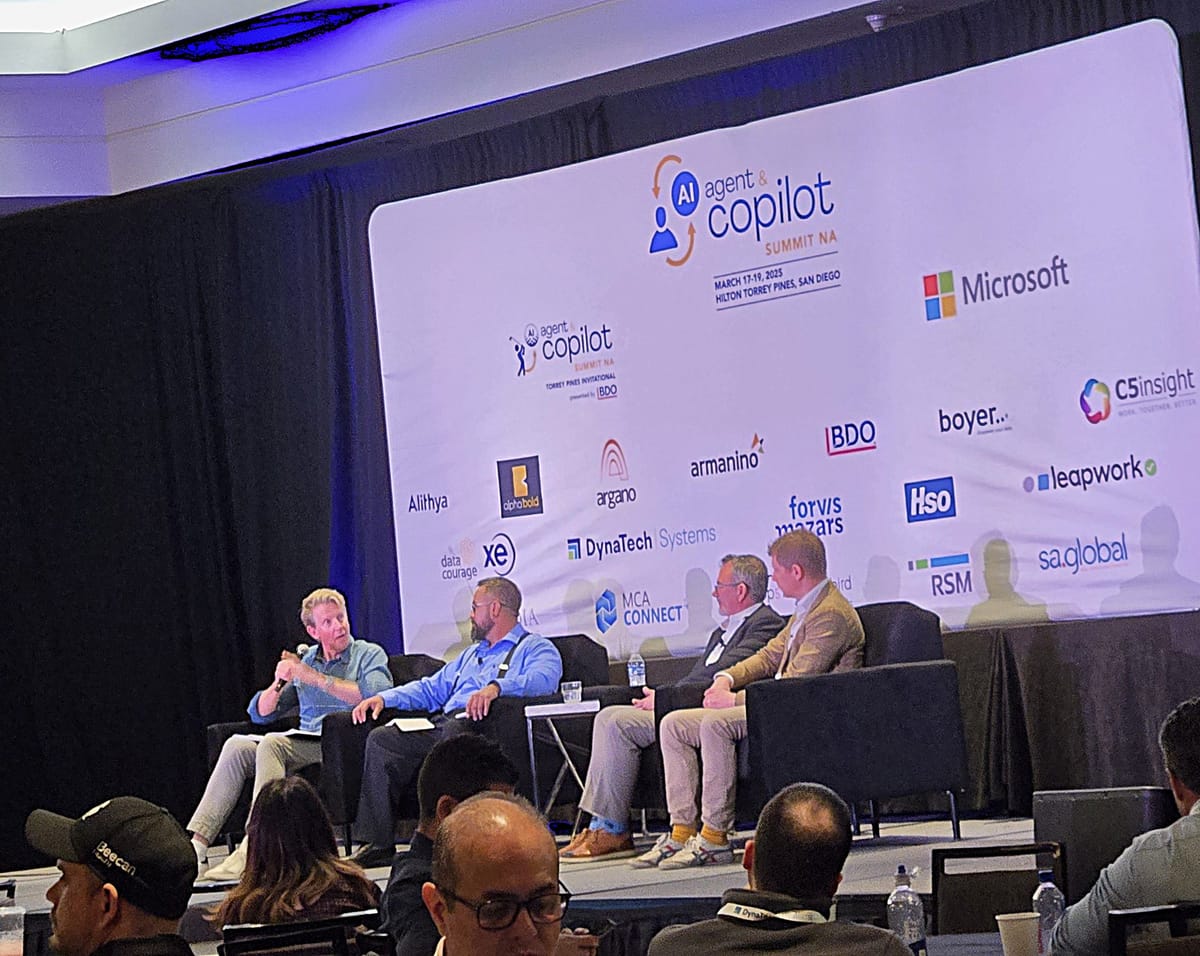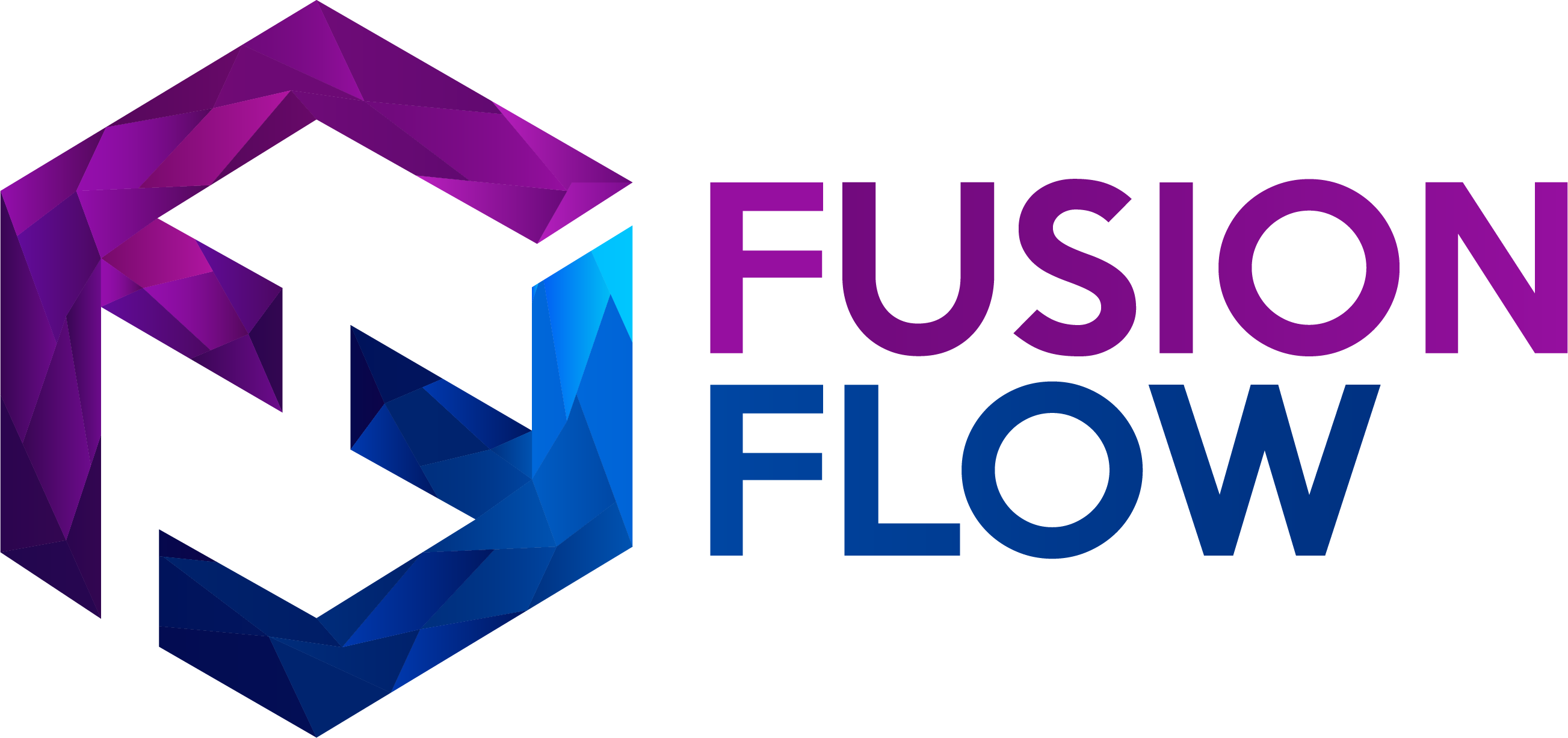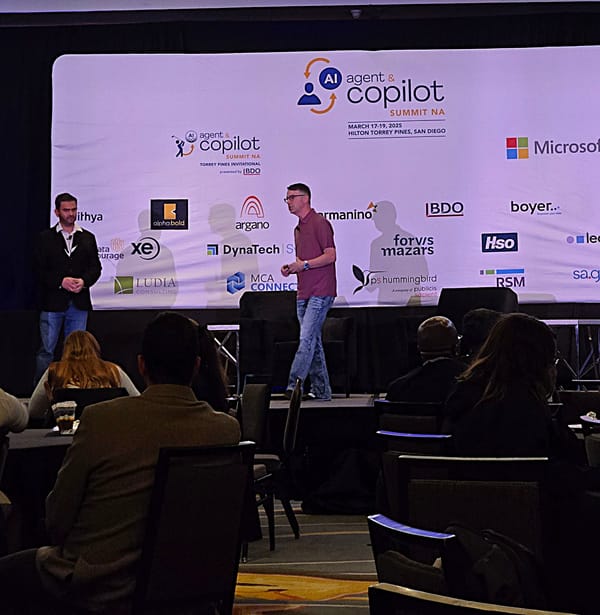From the Floor to the Cloud: Real AI Adoption Stories From the Front Lines
AI in manufacturing starts with clean data, role-based training, and fast MVPs like HR or finance copilots. Success hinges on culture, not just tech. Real value shows in time saved, clear use cases, and frontline teams wanting more.

When it comes to generative AI, attention often focuses on office productivity. But what about sectors like manufacturing, where gloves, forklifts, and legacy infrastructure are the norm?
At a recent AI Agent & Copilot Summit panel, leaders from industrial firms shared insights on adopting AI without the hype. Here are five key takeaways:
1. Start Small, But Be Intentional
AI adoption often begins with foundational cleanup tasks like governance and data organization. "We started two years ago, and it felt slow," said one panelist. "But now it's accelerating because the tools matured and the cost came down." AI needs a solid foundation, including documentation cleanup and building pipelines, before implementing models.
"We started two years ago, and it felt slow," said one panelist. "But now it's accelerating because the tools matured and the cost came down."
2. Train Users Based on Their Needs
Catering to both "digital natives" and "analog natives" is crucial. "We've got 450 employees across the U.S. - every end of computer literacy there is," shared one executive. Customized training tailored to job roles, rather than generic seminars, was beneficial. Showing tech-averse users how AI saves time made them more interested in using it.
"We've got 450 employees across the U.S. - every end of computer literacy there is," shared one executive.
3. Use MVPs to Demonstrate Value
Demonstrating value through simple prototypes is more effective than making promises. One company added its employee handbook and benefits guide to Copilot, giving HR a working demo of AI's value. Finance teams used AI for spreadsheet automation and KPI analysis, freeing up hours of repetitive work. On the plant floor, AI copilots answered technical equipment questions effectively.
4. Focus on Outcomes
Key use cases shared included predictive maintenance from IoT sensors, employee safety via vision-based systems, AI-assisted quality control inspections, and financial modeling using natural language. However, precise prompting is essential: "Ask a vague question, get a vague answer."
"Ask a vague question, get a vague answer."
5. AI Change Management Is Largely Cultural
Adoption challenges are mostly about human factors. "People still don't trust AI. If it's wrong once, they're done," noted one panelist. Employees can be hesitant to delegate tasks to AI. Boards want tangible benefits, while users want ease of use. Success lies in pairing governance with flexibility, creating sandboxes, sharing wins, and involving real users in the process.
"People still don't trust AI. If it's wrong once, they're done," noted one panelist.
What's Next?
Panelists highlighted the value AI brings to back-office functions like HR, finance, and procurement. There are signs of promise in using AI to enhance predictability and documentation in field operations. Partners remain important, bringing specificity, speed, and experience that can accelerate results.
"If your AI strategy isn't visible to your board and usable by your frontline staff, it's not real yet. Successful organizations balance both, measuring success in time saved, problems solved, and users asking for more."





